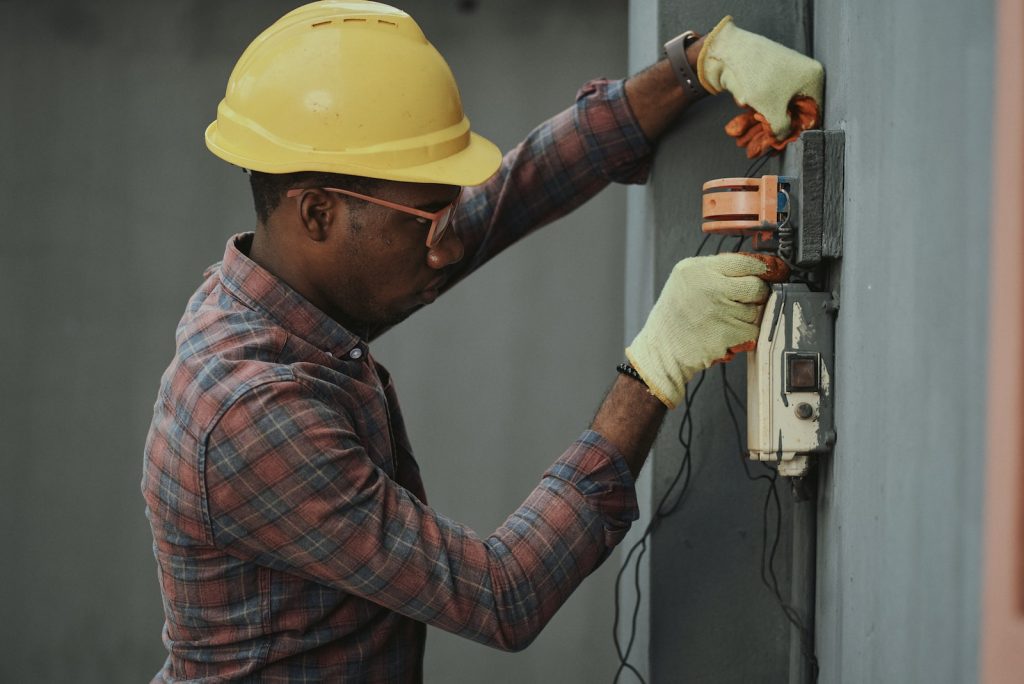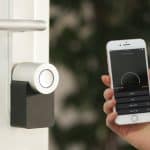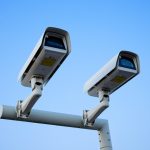Table of Contents
- Introduction to standard wiring for home security systems
- What is standard wiring for a home security system?
- Variations in standard wiring
- Importance of understanding standard wiring for home security systems
- Conclusion
- Frequently Asked Questions
Introduction to standard wiring for home security systems
Home security is of the utmost importance for any homeowner, and a properly wired security system is a crucial aspect of ensuring the safety and security of your home. A home security system typically includes a central control panel, door and window sensors, motion detectors, and surveillance cameras.
These components work together to monitor and protect your home from potential intruders, fire, and other emergencies.
However, not all home security systems are wired the same way. The wiring for a home security system can vary depending on the type of system, the location and structure of the home, and the age of the system.
This can make understanding the standard wiring for a home security system a bit tricky. That is why it is important to understand the standard wiring for a home security system to ensure proper installation, maintenance, troubleshoot any issues, and upgrade or expand the system if needed.
The purpose of this article is to provide an in-depth look at standard wiring for a home security system. We will discuss the standard components of a home security system, variations in standard wiring, and the importance of understanding standard wiring for home security systems.
By the end of this post, homeowners will have a better understanding of the standard wiring for a home security system and how it relates to the installation, maintenance, troubleshooting, and upgrade of their home security system.
What is standard wiring for a home security system?
A home security system is a combination of various components that work together to protect a house and its inhabitants. The standard wiring for a home security system typically includes a central control panel, door and window sensors, motion detectors, and surveillance cameras. Each of these components plays a vital role in the overall functioning of the system.
The central control panel is the brain of the system, it receives signals from the various sensors and cameras and controls the system’s response. It is connected to door and window sensors, motion detectors, and cameras, and it allows the homeowner to arm and disarm the system, as well as monitor the status of the various sensors.
Door and window sensors are typically located at the points of entry of the house such as doors and windows. They detect when a door or window is opened and sends a signal to the central control panel which then triggers an alarm if the system is armed.
Motion detectors are used to detect movement within the home, they are placed in areas such as hallways, living rooms, and bedrooms. They detect any movement within their coverage area and send a signal to the central control panel which then triggers an alarm if the system is armed.
Surveillance cameras are used to provide visual monitoring of the home, they can be connected to the central control panel for remote viewing. These cameras can be placed in various locations such as the front and back doors, living room, and backyard. They record footage of any activity happening in their coverage area and can be accessed remotely to view the footage.
It’s important to note that the wiring for a home security system can vary based on the type of system, the location, and the age of the house. The standard wiring for a home security system is not a one-size-fits-all solution, but understanding the standard wiring can help homeowners properly install and maintain their security systems.
Variations in standard wiring
While the standard wiring for a home security system typically includes a central control panel, door and window sensors, motion detectors, and surveillance cameras, there can be variations based on the type of system, location, and age of the house.
Different types of security systems may have different standard wiring configurations. For example, a wired system will have different wiring than a wireless system.
Wired systems require physical connections between the components, while wireless systems use radio frequency technology to connect the components.
The location and structure of a house can also affect the standard wiring for a home security system. A large house with multiple levels and multiple entry points may require more sensors and cameras than a smaller house with fewer entry points. Similarly, a house with a basement and an attic may require different wiring than a single-story house.
The age of the house is also an important factor when it comes to standard wiring. An older house may not have the necessary electrical infrastructure to support a modern security system, and this may require additional wiring to be installed. Additionally, an older system may not be compatible with newer technology and may need to be upgraded.
It is important to understand the variations in standard wiring for home security systems in order to properly install and maintain the system. A professional technician can help determine the best wiring configuration for a specific home and security system.
Importance of understanding standard wiring for home security systems
Understanding the standard wiring for a home security system is crucial for the proper installation and maintenance of the system. Proper wiring ensures that all components of the system are connected and communicating correctly, which is essential for the system to function correctly.

Proper installation of a home security system requires an understanding of the standard wiring configuration. An installer should be familiar with the standard wiring for the specific type of system being installed and should be able to properly connect and configure the various components. This includes connecting the central control panel, door and window sensors, motion detectors, and surveillance cameras.
Proper maintenance of a home security system also requires an understanding of the standard wiring. Knowing the standard wiring configuration makes it easier to troubleshoot any issues that may arise with the system.
For example, if a sensor is not working, understanding the standard wiring configuration makes it easier to identify the problem, such as a loose wire or a broken sensor.
Furthermore, upgrading or expanding an existing security system also requires understanding the standard wiring. Knowing the standard wiring of an existing system can help in identifying which components need to be added or replaced and how to connect them. This can save time and money by avoiding the need for additional wiring, and ensuring that the new components are properly connected and configured.
Conclusion
Home security systems are a great addition to any home as they provide peace of mind and protection from burglaries, fires, and other potential threats. There are many different types of home security systems, but the wiring is typically standard across all systems: a central control panel, door and window sensors, motion detectors, and surveillance cameras.
However, variations in standard wiring can occur based on the type of system, the location and structure of the home, and the age of the system. Thus, it is important for homeowners to understand the standard wiring to ensure that their system is working properly and to troubleshoot any issues that may arise.
Frequently Asked Questions
A home security system is a set of interconnected devices that are designed to detect and deter intruders. This can include motion sensors, alarms, cameras, and other types of equipment.
The main benefit of a home security system is the peace of mind it provides. Home security systems can deter potential burglars, alert you to fire and carbon monoxide poisoning, as well as provide video footage of any unwanted visitors.
Home security systems are designed to detect intruders through sensors or cameras. When a sensor is triggered, an alarm will sound and sometimes send an alert to the homeowner’s mobile device or security company.
Depending on the system, different responses can be set up such as calling the police or sounding a loud siren.
The standard wiring for a home security system typically involves running wires from door and window sensors, motion detectors, and other devices to a central control panel.
Standard wiring helps ensure that all components are reliable and will work together for optimal performance. Additionally, having a standard setup makes it easier to troubleshoot any potential issues that may arise with the system.
It also reduces the risk of installing incompatible or faulty equipment.
Wireless systems, cellular systems, and battery-powered systems are all alternatives to standard wired security systems. These options may be more convenient and easier to install, but they may also have limitations in terms of range and battery life.







